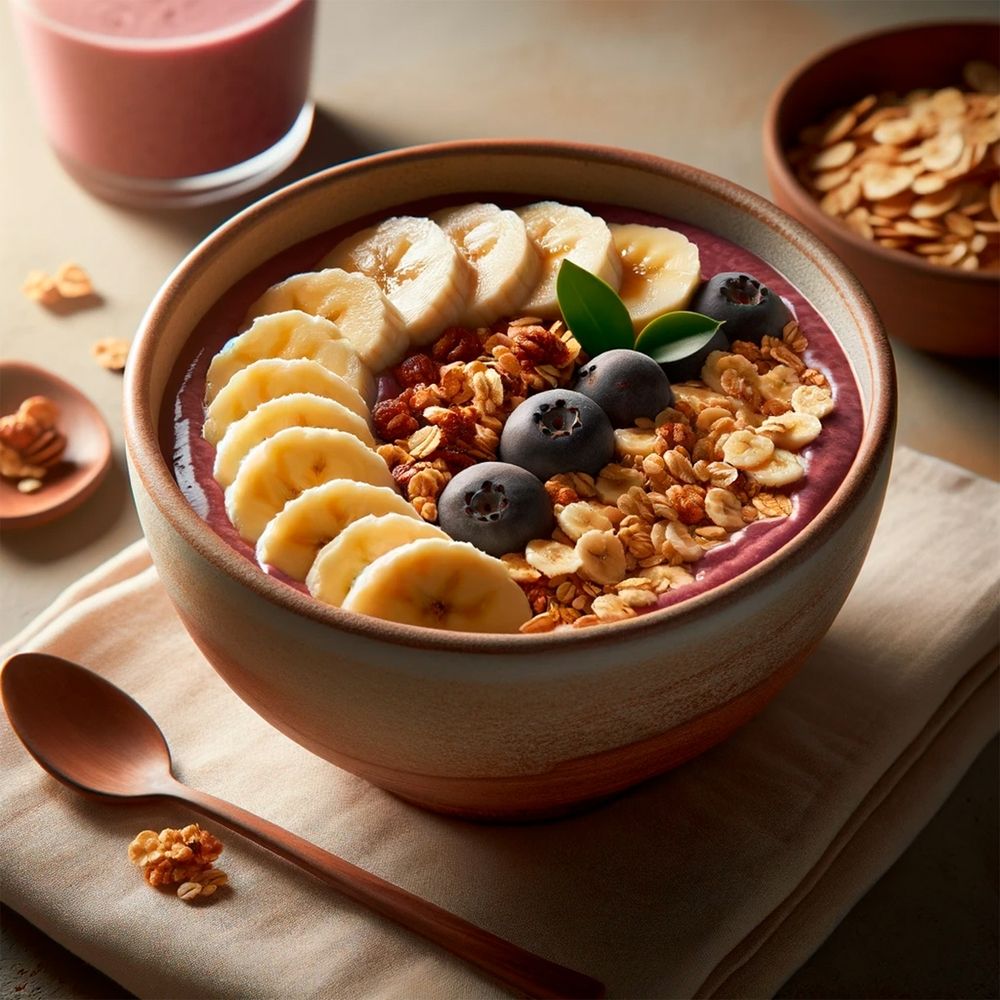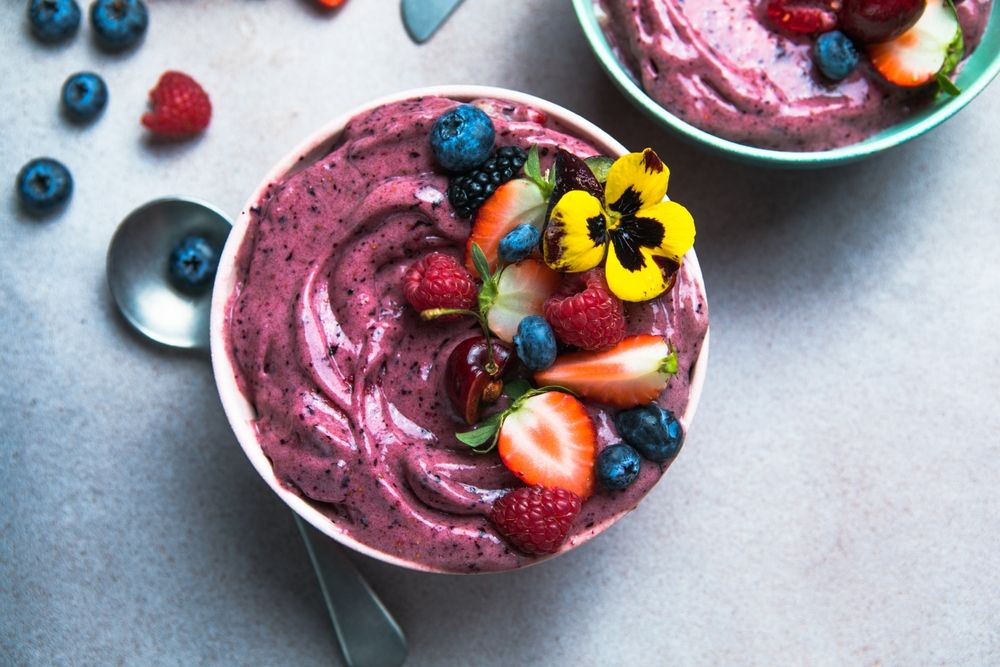
If you’re a berry enthusiast, there's no need to limit yourself to the usual blueberries, strawberries, raspberries, and blackberries commonly found at your local grocery store. Another berry worth exploring is the acai berry from South America, which boasts a similar nutrient profile to these mainstream fruits, though it’s used in different culinary applications.
Dark purple-blue in color and packed with antioxidants, acai berries have become a staple in the trendy smoothie bowl craze, often featured in recipes or served at restaurants. Acai bowls are gaining popularity, rivaling traditional smoothies as a healthy breakfast option. But just how healthy are acai bowls? As a nutritionist, I’m here to shed light on whether acai bowls are a smart choice for breakfast or any time of day.
What Are Acai Bowls?
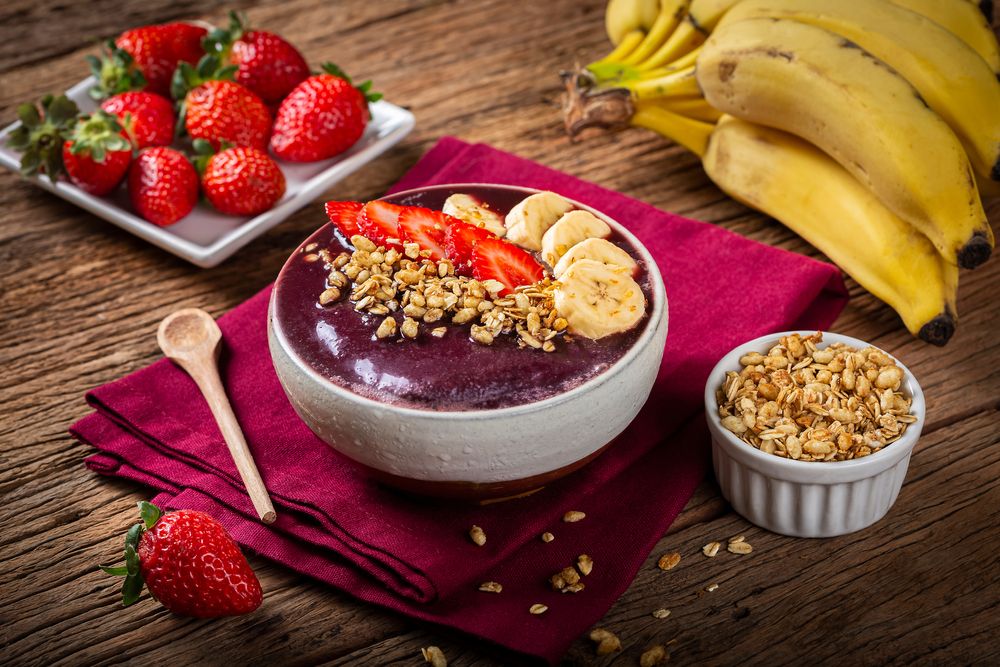
Typically, acai bowls start with a puree of the acai berry, often sourced from a frozen packet. Unlike other berries, acai requires soaking and mashing to become palatable, which is why you won’t find them fresh like blueberries or strawberries. Once pureed, the acai is usually frozen, creating a convenient and creamy base for the bowls.
Acai bowls are then topped with a variety of ingredients, such as other berries, bananas, granola, shredded coconut, or tropical fruits. Authentic Brazilian-style acai bowls are often sweetened with guarana syrup, though sweetening isn’t necessary. Some recipes also suggest blending the acai puree with yogurt or juice for added flavor and a creamier texture.
Nutritional Profile of Acai Bowls
The nutritional content of acai bowls can vary significantly, especially between those served at restaurants, homemade versions, and store-bought frozen options. Let's take a closer look at a specific example:
At Pressed Juicery, a juice bar chain with locations in multiple states, the Original Acai Smoothie Bowl provides the following nutrition:

Nutritional Information (Per Serving of Pressed Juicery Acai Bowl):
- Calories: 390
- Fat: 11 g (Saturated fat: 7 g)
- Sodium: 180 mg
- Carbohydrates: 83 g (Fiber: 7 g, Sugar: 39 g)
- Protein: 10 g
In contrast, the Amazon Superberry Frozen Acai Bowl from Sambazon, available at retailers like Target and Wal-Mart, contains significantly fewer calories, fat, and sodium:
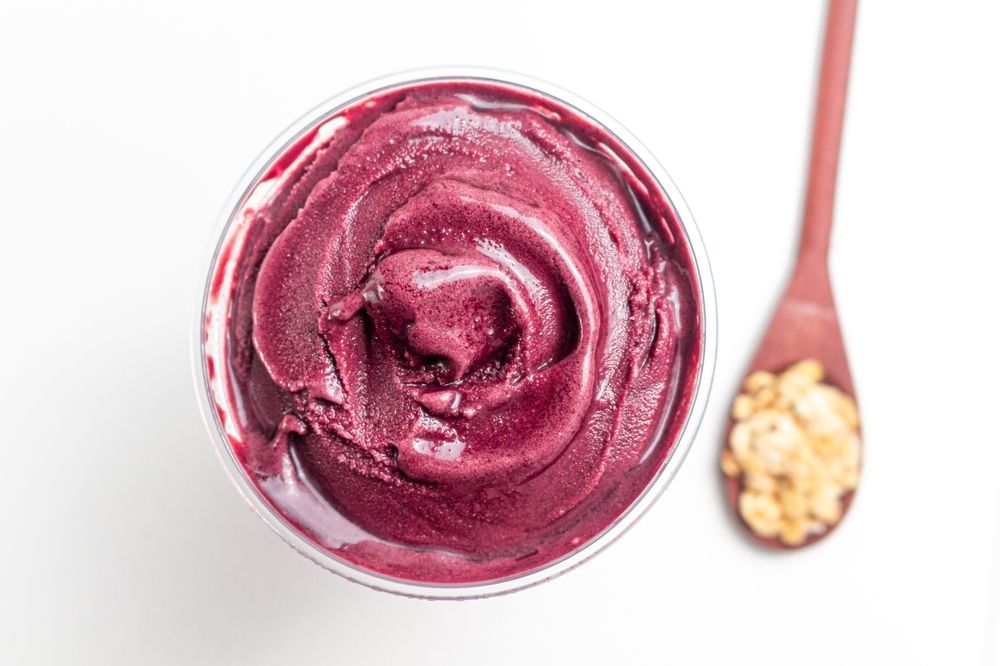
Nutritional Information (Per Serving of Sambazon Bowl with Toppings):
- Calories: 230
- Fat: 6 g (Saturated fat: 2 g)
- Sodium: 30 mg
- Carbohydrates: 48 g (Fiber: 4 g, Sugar: 16 g)
- Protein: 3 g
Health Benefits of Acai Bowls
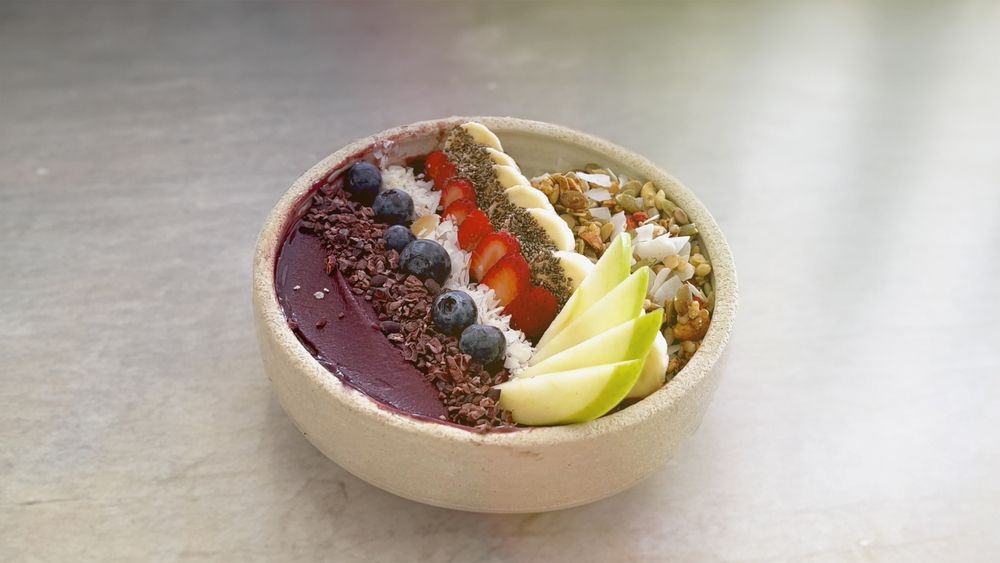
Acai bowls undoubtedly offer some health benefits. When you purchase or prepare a bowl filled with fresh fruit, you're assured a significant fiber boost. (A single serving of acai puree contains about 3 grams of fiber). Adequate fiber intake is linked to improved digestion and is a factor in preventing heart disease, diabetes, and colon cancer.
A 2023 study in the journal Nutrients highlighted additional potential benefits of acai, including its antioxidant and anti-inflammatory properties that help protect the heart, liver, kidneys, gastrointestinal tract, and neurological system. However, the National Center for Complementary and Integrative Health (NCCIH) notes that there's no conclusive scientific evidence from human studies to support using acai for health purposes.
Regarding weight loss—another claimed benefit of acai—the research is less convincing. According to the NCCIH, weight loss claims haven't been substantiated by studies. Due to this, the Federal Trade Commission (FTC) has taken legal action against food brands that have misleadingly marketed acai as a weight loss aid.
Potential Drawbacks of Acai Bowls
Despite their sunny and bright appearance, acai bowls have a few drawbacks. Restaurant and store-bought versions can be extremely high in both natural and added sugars. For example, both bowls mentioned above contain 16 grams of added sugar. Additionally, some restaurant recipes, like the one at Pressed Juicery, contain a surprising amount of saturated fat, likely due to the inclusion of coconut cream and granola. Consuming large quantities of this type of fat can lead to high cholesterol and an increased risk of heart disease.
Moreover, large portion sizes can result in high calorie counts. While acai bowls do provide plenty of fiber and energy-boosting carbohydrates, they can also be low in protein.
Are Acai Bowls Healthy?
In summary, are acai bowls healthy? Like many customizable foods, the answer is "it depends." If you create a well-portioned bowl with nutritious ingredients like acai puree, banana slices, whole grain oats, and no added sweeteners, then yes, it's a healthy choice! However, those with blood sugar issues or on low-carb diets should be mindful of the carbohydrates in an acai bowl.
On the other hand, if you load your bowl with high-calorie granola or added sweeteners—or make a bowl the size of the Amazon basin—the health benefits decrease significantly.
Final Recommendations
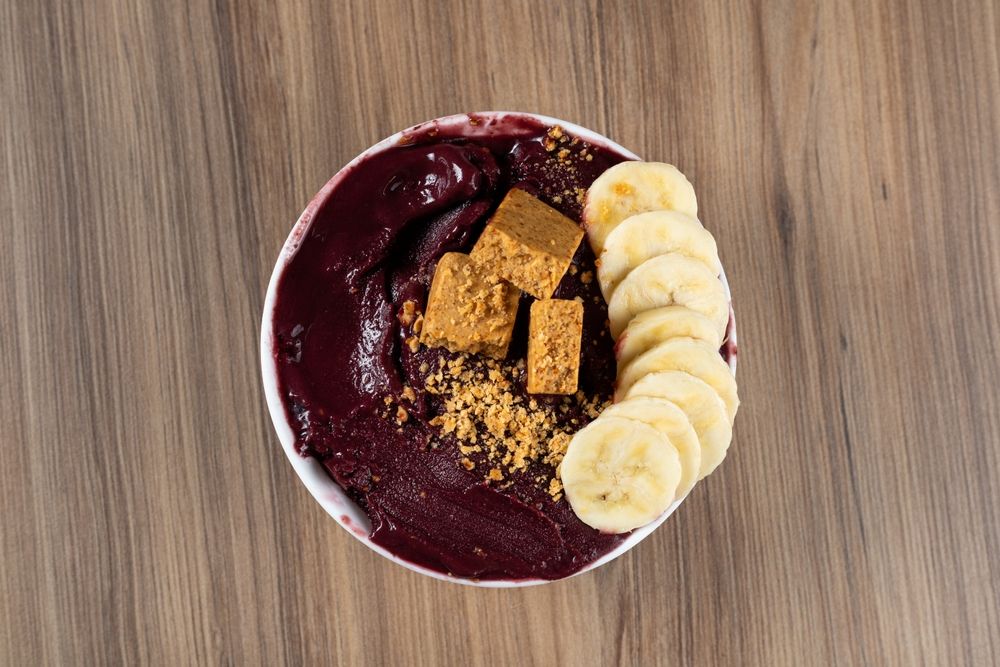
Fortunately, creating a nutritious acai bowl is quite simple. When purchasing from a restaurant or grocery store, check the nutrition information to know what you're getting. If the carbs or sugars seem too high, try eating just half a bowl and supplementing the rest of your meal with a high-protein option to slow sugar absorption in your bloodstream. At a restaurant, you can often modify your order by asking for no added syrups or leaving off sweetened cereal or granola.
Making your own acai bowl at home? Pay attention to nutritional details as you layer up your colorful breakfast. This might mean skipping overly sweet ingredients or blending your acai puree with Greek yogurt for extra protein. And, of course, stick to a moderate serving size! Big, deep bowls look lovely in photos and provide plenty of surface area for toppings, but a one-and-a-half-cup cereal-sized bowl is all you need to create a portion-controlled dish that's still Instagram-worthy.

